Future Scope of The Hydraulic Industry
The hydraulic industry is one of the most important industries in the world. It is responsible for providing the necessary components for a wide range of applications, from automobiles and aircraft to construction.
Although the hydraulics sector is established, it still needs to be improved to participate in the digital age. The hydraulic industry, as it currently exists, has several limitations. Hydraulic professionals address these problems in hydraulic technology to increase energy efficiency, reliability, energy storage, and redeployment capacities.
Benefits of the Hydraulic Technology:
Hydraulic technology offers many advantages over other technologies:
- Highly dependable and reliable as it doesn’t require frequent maintenance or repair
- Efficient since it uses less energy to run
- Very adaptable and suitable for a variety of uses
- Cost-effective since it utilizes fewer parts and less energy
- Safe and secure, making it appropriate for hazardous and delicate applications
Latest Hydraulic Innovations:
The most recent advancements in hydraulics are concentrated on hybrid actuation systems, load-sensing valve technology, smart user interfaces, and applications for renewable energy. The following list includes some of these applications:
-
hybrid actuation systems (HAS):
The challenging power generation settings found in applications such as solar panels, wind turbines, and hydroelectric dams are ideal for hybrid actuator systems (HAS). These systems combine traditional hydraulic systems with electric motors.
The complications of gun drilling and exposed external sensors can be avoided by combining the HAS with an integrated intellectual sensor. Without requiring complicated maintenance, this technology increases efficiency, is much quieter than a traditional hydraulic system, and has a lower environmental impact.
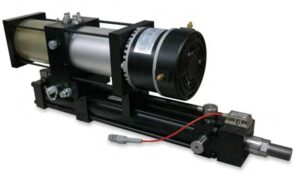
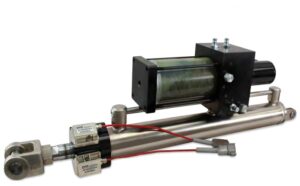
-
Smart user interfaces:
The introduction of intelligent user interfaces is another advancement. Users can more easily change settings and monitor the system without being physically there thanks to this.
In the hydraulics industry, user interface application development is advancing. constructing a software toolkit for streamlining all machine applications. Basic machine operations, intelligent control systems, diagnostics or downtime-reducing prediction applications, or GPS tracking and navigation applications, are all examples of this application.
-
Load-sensing valve technology
By enhancing machine control, EQA (Electric Flow Amplifier) technology advances load-sensing valves. Machines for mining, forestry, and construction utilize this technology.
This technology optimizes the fluid flow in the system by combining pressure sensors and valves. This makes it possible to operate the system more precisely and may increase its effectiveness.
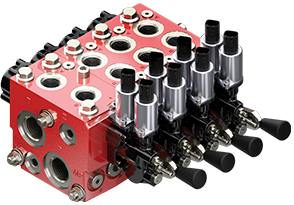
-
SKF Quick grip Bolt
These modern bolts are used to swiftly, stably, and conveniently join two rotating flanges. Propulsion systems are only one example of key use for SKF Quick grip bolts.
bolts can be utilized in a variety of applications and can be adjusted accordingly. It is constructed of a durable substance that can be used to swiftly and simply assemble items.
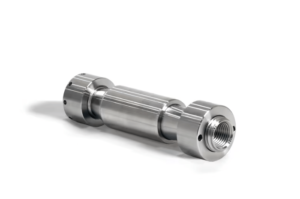
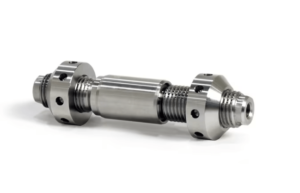
-
Tools for Hydraulic Design
Hydraulic design tools have been developed to help engineers and designers create better hydraulic systems. One-dimensional modeling was present in the majority of the hydraulic design tools of the present. Yet, the industry will soon transition to two- or three-dimensional modeling.
The project’s quality and resilience will increase as a result. With the use of this technology, flow discharge patterns, water surface elevations, depths, velocities, and shear stresses may be located and seen. As a result, it offers the planning and design team precise data.
Conclusion:
The hydraulic industry is in charge of supplying the necessary parts for a variety of purposes, including building and transportation. This blog post examined the potential of the hydraulic industry as well as some recent technological advancements that are modernizing the sector.
The hydraulic industry is creating new technologies to keep up with the constantly changing demands of the modern world, such as hybrid actuation systems and smart user interfaces. Future advancements in the sector are likely to include the application of AI (Artificial Intelligence) to enhance the effectiveness and design of hydraulic systems.
